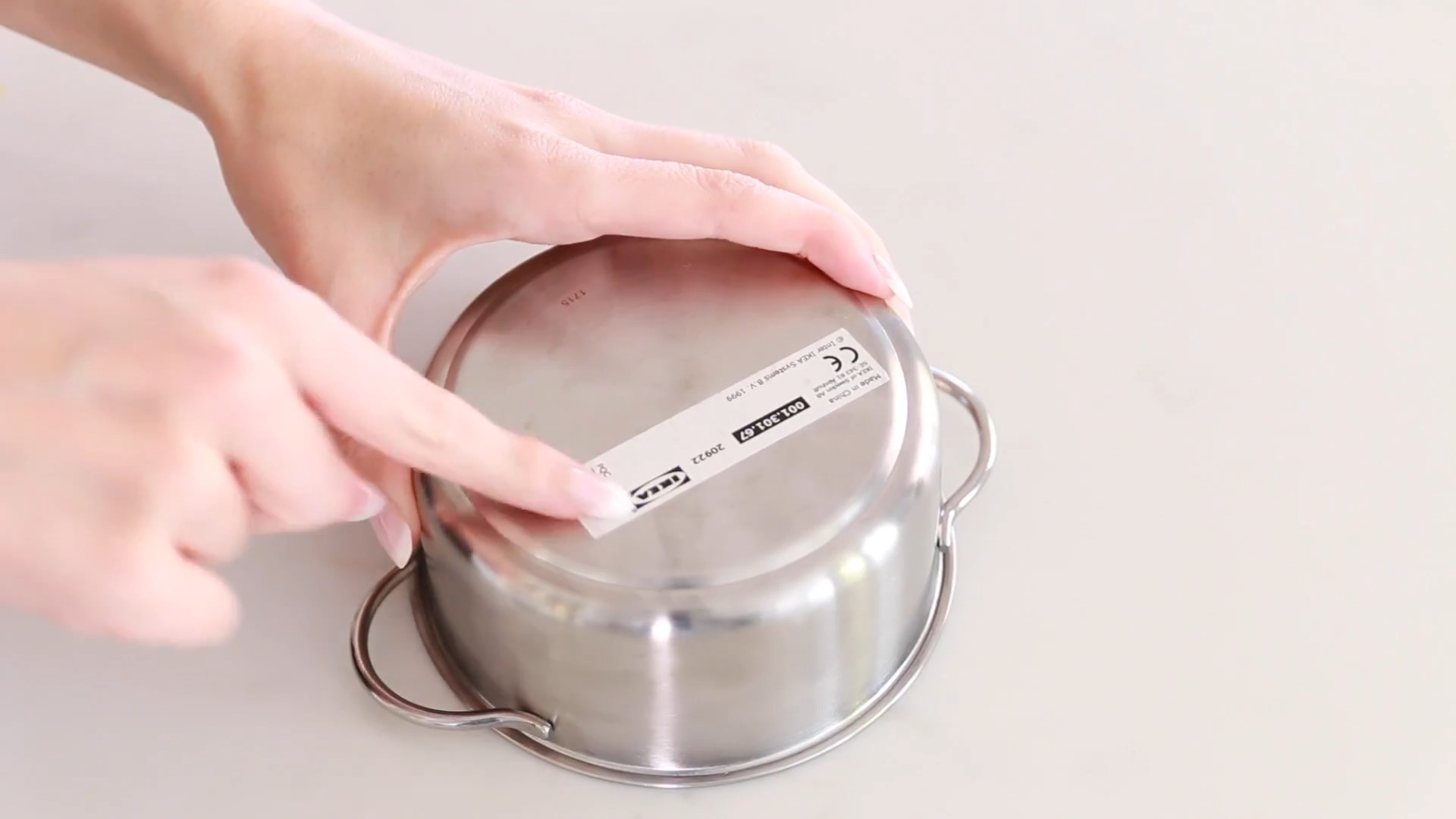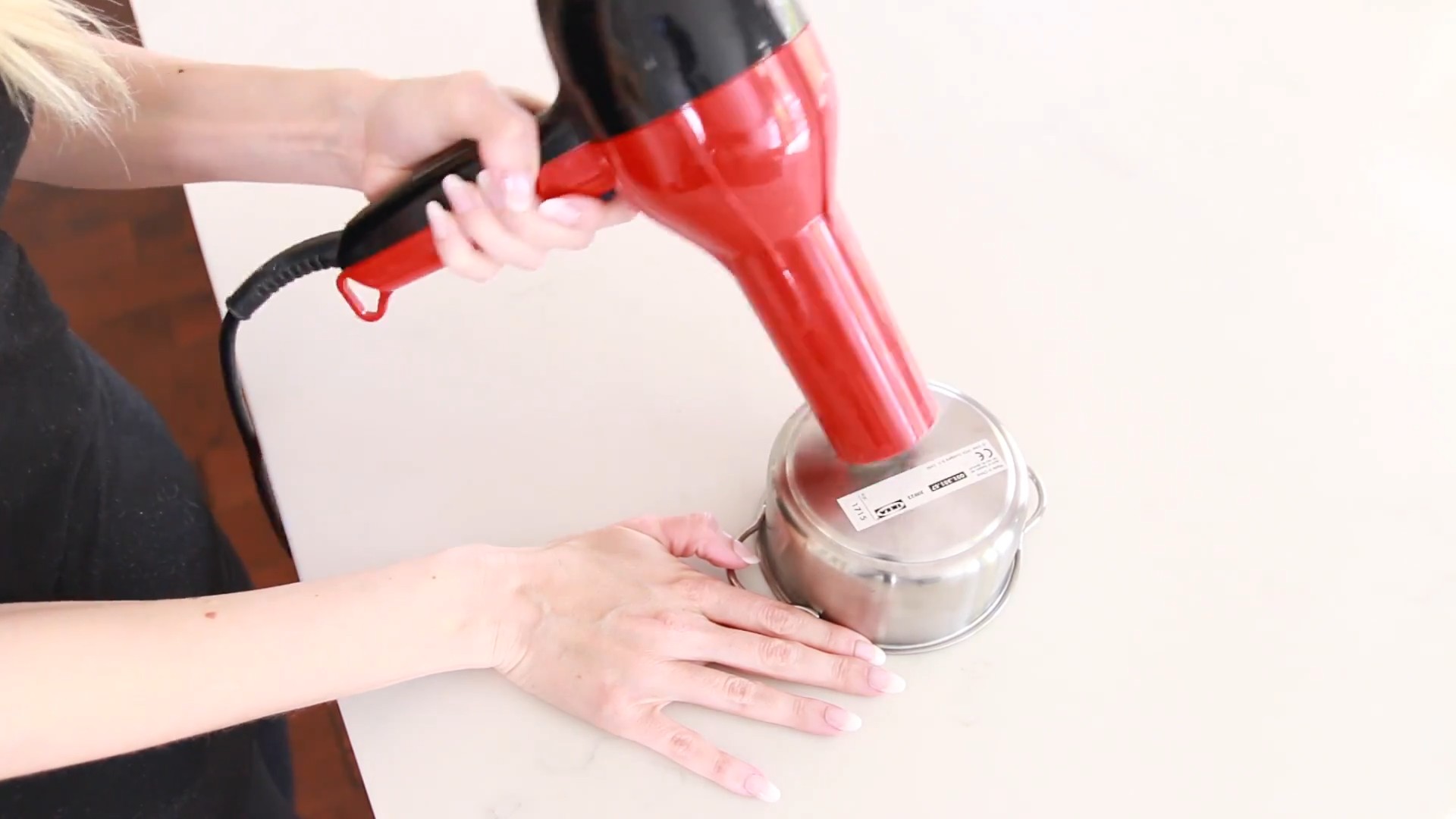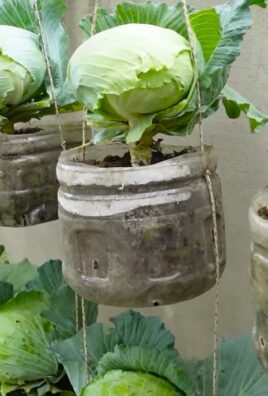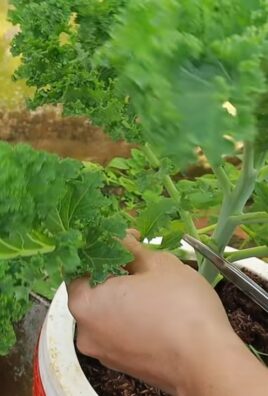Cleaning Shortcuts That Work – who doesn’t want them? Let’s be honest, cleaning isn’t usually anyone’s favorite pastime. We all dream of sparkling homes, but the reality of scrubbing, dusting, and vacuuming can feel overwhelming. For centuries, people have sought ways to lighten the load, from ancient Roman bathhouses designed for easy cleaning to the invention of the vacuum cleaner in the early 20th century. The desire for efficiency is deeply ingrained in our pursuit of a comfortable and manageable home.
But in today’s fast-paced world, time is more precious than ever. Juggling work, family, and personal life leaves little room for lengthy cleaning sessions. That’s where these cleaning shortcuts that work come in! I’m here to share some of my favorite tried-and-true hacks that will save you time and energy, allowing you to enjoy your clean home without spending your entire weekend on chores. These aren’t just quick fixes; they’re smart strategies to maintain a tidy space with minimal effort. Get ready to reclaim your weekends and discover the joy of a clean home, made easy!

Cleaning Shortcuts That Work: My Favorite DIY Hacks!
Okay, let’s be honest, cleaning isn’t exactly anyone’s favorite pastime. But a clean home is a happy home, right? So, I’ve compiled some of my absolute favorite DIY cleaning hacks that will save you time, money, and a whole lot of elbow grease. Get ready to transform your cleaning routine!
Hack 1: Sparkling Clean Microwave with Lemon Power
This is a game-changer! No more scrubbing baked-on food splatters. This hack uses the power of steam and lemon to loosen everything up.
What You’ll Need:
* 1 Lemon
* 1 Microwave-safe bowl
* 1 Cup of water
Step-by-Step Instructions:
1. Prepare the Lemon Solution: Cut the lemon in half. Squeeze the juice from both halves into the microwave-safe bowl. Then, drop the lemon halves into the bowl as well.
2. Add Water: Pour one cup of water into the bowl with the lemon juice and lemon halves.
3. Microwave Magic: Place the bowl in the microwave and microwave on high for 3-5 minutes. You want the water to boil and create steam.
4. Let it Steam: Once the microwave stops, leave the door closed for another 5 minutes. This allows the steam to really work its magic, loosening all the grime.
5. Wipe Away the Mess: Carefully remove the bowl (it will be hot!). Use a clean cloth or sponge to easily wipe away all the loosened food particles. You’ll be amazed at how easily everything comes off!
6. Enjoy Your Sparkling Microwave: That’s it! Your microwave should be clean, fresh, and lemon-scented.
Hack 2: Unclogging Drains with Baking Soda and Vinegar
Forget harsh chemicals! This natural method is effective and much better for the environment.
What You’ll Need:
* 1 Cup Baking Soda
* 2 Cups White Vinegar
* Hot Water
Step-by-Step Instructions:
1. Pour in the Baking Soda: Carefully pour one cup of baking soda down the clogged drain. Try to get as much of it down the drain as possible.
2. Add the Vinegar: Next, pour two cups of white vinegar down the drain, following the baking soda.
3. The Fizzing Action: You’ll hear a fizzing sound – this is the chemical reaction between the baking soda and vinegar, which helps to break down the clog.
4. Let it Sit: Let the mixture sit for at least 30 minutes, or even better, overnight for stubborn clogs.
5. Flush with Hot Water: After the waiting period, flush the drain with hot water for several minutes. This will help to clear away the loosened debris.
6. Repeat if Necessary: If the drain is still clogged, repeat the process. For really tough clogs, you might need to do this a couple of times.
Hack 3: Cleaning Grout with Baking Soda Paste
Dirty grout can make even the cleanest tiles look grimy. This simple paste will brighten your grout lines in no time.
What You’ll Need:
* Baking Soda
* Water
* Old Toothbrush
* Spray Bottle (optional)
Step-by-Step Instructions:
1. Make the Paste: In a small bowl, mix baking soda with a little water to form a thick paste. You want it to be thick enough to stick to the grout lines.
2. Apply the Paste: Using an old toothbrush, apply the baking soda paste to the grout lines. Work in small sections.
3. Scrub-a-dub-dub: Scrub the grout lines with the toothbrush, using a back-and-forth motion. Apply some pressure to really get the paste into the grout.
4. Let it Sit: Allow the paste to sit on the grout for about 10-15 minutes. This gives the baking soda time to work its magic.
5. Rinse and Wipe: Rinse the grout lines with water. You can use a spray bottle to make this easier. Wipe away any remaining paste with a clean cloth or sponge.
6. Admire Your Clean Grout: Stand back and admire your sparkling clean grout! You’ll be amazed at the difference.
Hack 4: Removing Hard Water Stains with Vinegar
Hard water stains are the bane of my existence! But vinegar is my secret weapon.
What You’ll Need:
* White Vinegar
* Spray Bottle
* Clean Cloth or Sponge
Step-by-Step Instructions:
1. Fill the Spray Bottle: Pour white vinegar into a spray bottle. You can use it undiluted for tough stains, or dilute it with water for lighter stains.
2. Spray the Stains: Spray the vinegar directly onto the hard water stains. Make sure to saturate the area well.
3. Let it Sit: Allow the vinegar to sit on the stains for about 15-30 minutes. This gives the vinegar time to dissolve the mineral deposits. For really stubborn stains, you can let it sit for longer, even overnight.
4. Scrub (if needed): If the stains are particularly stubborn, you might need to scrub them gently with a clean cloth or sponge.
5. Rinse and Wipe: Rinse the area with water and wipe it dry with a clean cloth.
6. Repeat if Necessary: If the stains are still visible, repeat the process.
Hack 5: Freshening Up Your Garbage Disposal
A stinky garbage disposal is never fun. This simple hack will leave it smelling fresh and clean.
What You’ll Need:
* Ice Cubes
* Lemon or Lime Peels
* Coarse Salt
Step-by-Step Instructions:
1. Prepare the Ingredients: Gather a handful of ice cubes, some lemon or lime peels (or both!), and a tablespoon or two of coarse salt.
2. Toss it All In: Toss the ice cubes, lemon/lime peels, and salt into the garbage disposal.
3. Run the Disposal: Turn on the cold water and run the garbage disposal for about 30-60 seconds.
4. The Magic Happens: The ice cubes help to scrub the blades and dislodge any food particles. The lemon/lime peels add a fresh scent, and the salt helps to break down grease and grime.
5. Enjoy the Freshness: That’s it! Your garbage disposal should now be smelling much fresher.
Hack 6: Cleaning Your Showerhead with Vinegar
A clogged showerhead can reduce water pressure and make showering less enjoyable. This hack will restore your showerhead to its former glory.
What You’ll Need:
* White Vinegar
* Plastic Bag
* Rubber Band or Twist Tie
Step-by-Step Instructions:
1. Fill the Bag with Vinegar: Pour enough white vinegar into a plastic bag to completely submerge the showerhead.
2. Attach the Bag: Carefully attach the bag to the showerhead, making sure the showerhead is fully submerged in the vinegar. Secure the bag with a rubber band or twist tie.
3. Let it Soak: Let the showerhead soak in the vinegar for at least 30 minutes, or even better, overnight. This will dissolve any mineral deposits that are clogging the showerhead.
4. Remove the Bag: Carefully remove the bag and discard the vinegar.
5. Rinse and Wipe: Rinse the showerhead with water and wipe it clean with a cloth.
6. Run the Shower: Turn on the shower and let the water run for a few minutes to flush out any remaining debris.
7. Enjoy Your Improved Shower: You should now have a showerhead with improved water pressure and a cleaner spray.
Hack 7: Polishing Furniture with Olive Oil and Lemon Juice
This is my go-to for giving my wooden furniture a beautiful shine without harsh chemicals.
What You’ll Need:
* Olive Oil
* Lemon Juice
* Clean Cloth
Step-by-Step Instructions:
1. Mix the Polish: In a small bowl, mix together 1/4 cup of olive oil and 1 tablespoon of lemon juice.
2. Apply the Polish: Dip a clean cloth into the mixture and apply it to your wooden furniture in a circular motion.
3. Buff the Furniture: Use a clean, dry cloth to buff the furniture until it shines.
4. Admire the Shine: Enjoy your beautifully polished furniture!
Hack 8: Deodorizing Carpets with Baking Soda
This is a quick and easy way to freshen up your carpets and get rid of any lingering odors.
What You’ll Need

Conclusion
So, there you have it! These cleaning shortcuts aren’t just about saving time; they’re about reclaiming your weekends and enjoying a sparkling clean home without the elbow grease. We’ve explored simple yet effective methods that utilize everyday items to tackle common cleaning challenges. From banishing hard water stains with vinegar to reviving your microwave with lemon power, these tricks are designed to be accessible and affordable for everyone.
The beauty of these cleaning shortcuts lies in their adaptability. Feel free to experiment and find what works best for your home and your specific needs. For instance, if you’re not a fan of the vinegar smell, try adding a few drops of your favorite essential oil to the cleaning solution. Lavender, lemon, and tea tree oil not only mask the vinegar scent but also offer additional antibacterial properties. Or, if you’re dealing with particularly stubborn grime, consider letting the cleaning solution sit for a longer period before wiping it away.
Remember, the key to successful cleaning is consistency. Incorporating these cleaning shortcuts into your regular routine will prevent dirt and grime from building up, making your cleaning tasks much easier in the long run. Think of it as preventative maintenance for your home!
We’ve focused on practical, easy-to-implement solutions that anyone can use. But don’t stop here! The world of cleaning hacks is vast and ever-evolving. Explore different combinations of ingredients, experiment with application methods, and discover your own unique cleaning shortcuts.
Why is this a must-try? Because it simplifies your life. It allows you to spend less time cleaning and more time doing the things you love. It’s a win-win situation! Plus, many of these shortcuts utilize natural ingredients, making them a safer and more environmentally friendly alternative to harsh chemical cleaners.
We are confident that these cleaning shortcuts will transform your cleaning routine. But we want to hear from you! Try these tricks out and let us know what you think. Share your experiences, your successes, and even your failures in the comments below. What are your favorite cleaning shortcuts? Do you have any variations or tips to add? Your feedback will not only help us improve our content but also inspire other readers to embrace the power of simple, effective cleaning.
Don’t be afraid to get creative and personalize these cleaning shortcuts to suit your individual needs. Cleaning doesn’t have to be a chore. With a little ingenuity and these handy tricks, you can transform it into a manageable and even enjoyable task. So, go ahead, give these cleaning shortcuts a try and experience the difference for yourself! We can’t wait to hear about your sparkling clean results!
Frequently Asked Questions
Q: Are these cleaning shortcuts safe for all surfaces?
A: While most of these cleaning shortcuts utilize natural and gentle ingredients, it’s always a good idea to test them on an inconspicuous area first, especially on delicate surfaces like wood, marble, or granite. Vinegar, for example, is a fantastic cleaner but can etch certain types of stone. Always read the manufacturer’s instructions for your surfaces and appliances before using any new cleaning product or method. If you’re unsure, err on the side of caution and consult a professional cleaner.
Q: How often should I use these cleaning shortcuts?
A: The frequency of use depends on your individual needs and lifestyle. For high-traffic areas or surfaces that get dirty quickly, you may want to use these shortcuts more frequently – perhaps once or twice a week. For less frequently used areas, a monthly cleaning may suffice. The key is to establish a regular cleaning routine that prevents dirt and grime from building up. Incorporating these cleaning shortcuts into your routine will make your cleaning tasks much easier and less time-consuming in the long run.
Q: Can I use these cleaning shortcuts if I have allergies or sensitivities?
A: If you have allergies or sensitivities, it’s crucial to be mindful of the ingredients used in these cleaning shortcuts. Always read the ingredient list carefully and avoid using anything that you know you are allergic to. Consider wearing gloves and a mask while cleaning to minimize exposure to potential allergens. If you experience any adverse reactions, such as skin irritation or respiratory problems, discontinue use immediately and consult a doctor. You can also explore alternative cleaning solutions that are specifically designed for people with allergies or sensitivities.
Q: What are some other variations of these cleaning shortcuts?
A: The possibilities are endless! For example, instead of using lemon juice to clean your microwave, you can use orange peels. Orange peels contain similar cleaning properties and leave behind a refreshing citrus scent. You can also use baking soda and vinegar to unclog drains. Simply pour a cup of baking soda down the drain, followed by a cup of vinegar. Let it fizz for about 30 minutes, then flush with hot water. For cleaning grout, try making a paste of baking soda and water. Apply the paste to the grout, let it sit for a few minutes, then scrub with a brush.
Q: What if these cleaning shortcuts don’t work for me?
A: While these cleaning shortcuts are generally effective, they may not work for every situation. The effectiveness of a cleaning shortcut can depend on various factors, such as the type of dirt or grime, the surface being cleaned, and the concentration of the cleaning solution. If you’re not seeing the desired results, try adjusting the recipe or application method. You may need to use a stronger concentration of the cleaning solution or let it sit for a longer period. If all else fails, you may need to resort to a commercial cleaning product or consult a professional cleaner.
Q: Are these cleaning shortcuts environmentally friendly?
A: Many of these cleaning shortcuts utilize natural ingredients like vinegar, baking soda, and lemon juice, which are generally considered to be more environmentally friendly than harsh chemical cleaners. However, it’s important to be mindful of the environmental impact of all cleaning products, even natural ones. Avoid using excessive amounts of cleaning solution and dispose of waste properly. Consider using reusable cleaning cloths and sponges instead of disposable ones. By making small changes to your cleaning habits, you can reduce your environmental footprint and create a healthier home for yourself and your family.
Q: Where can I find more information about cleaning shortcuts?
A: There are many resources available online and in libraries that offer information about cleaning shortcuts. You can search for articles, blog posts, and videos that provide tips and tricks for cleaning your home. You can also consult books on cleaning and home organization. Additionally, you can join online communities and forums where people share their cleaning experiences and advice. Don’t be afraid to experiment and try different cleaning shortcuts until you find what works best for you.




Leave a Comment